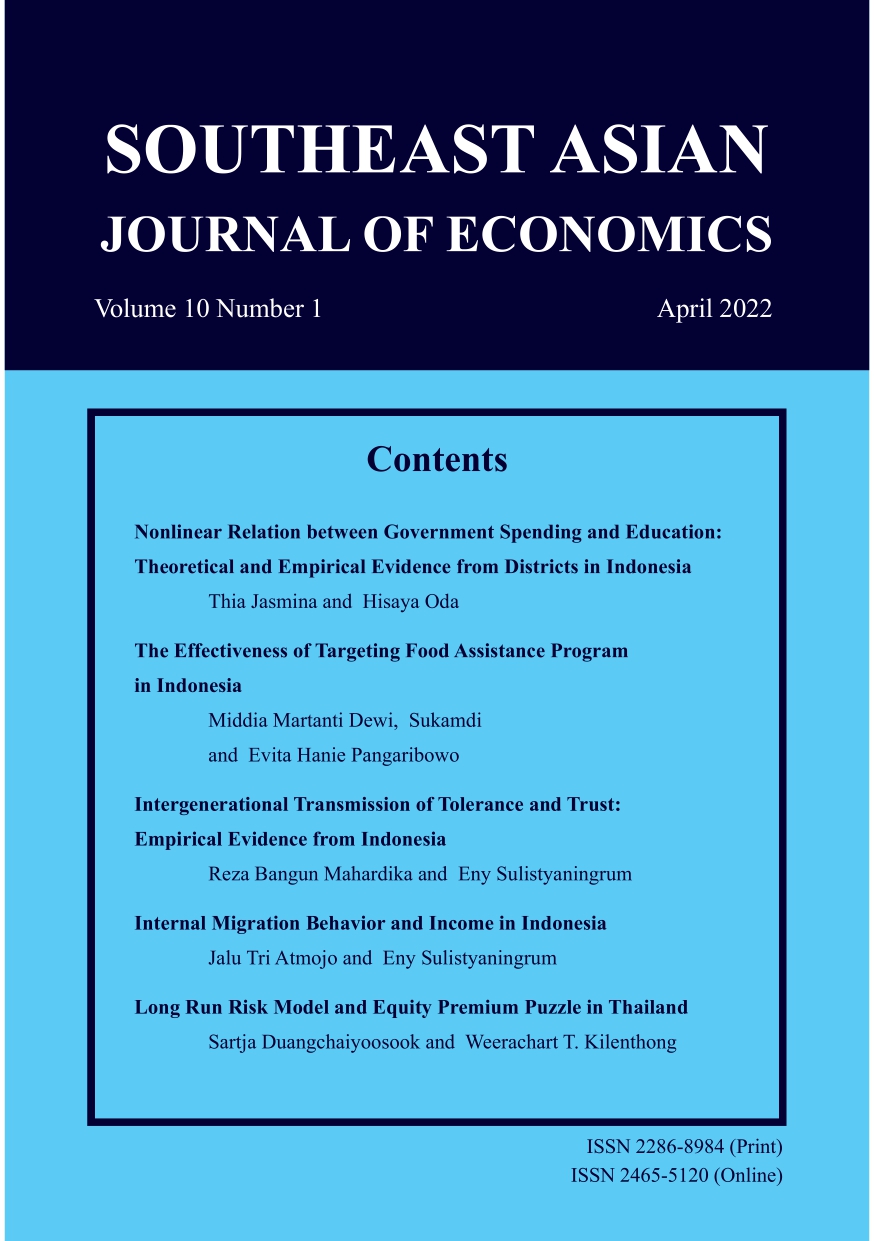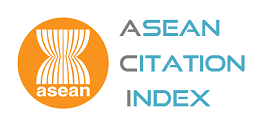Internal Migration Behavior and Income in Indonesia
Keywords:
internal migration, income distribution, PSM with DiD, IFLSAbstract
This study analyzes the impact of internal migration behavior on individual income in Indonesia. The study uses longitudinal data from the Indonesian Family Life Survey (IFLS) waves 4 and 5 and considers individuals of working age between the ages of 15 and 64 who migrate for reasons of work or are looking for work. Using a combination of propensity score matching and difference in differences approaches (PSM with DiD) and controlling for individual, household, and regional characteristics, the results show that some migration patterns are welfare increasing. Migrating for work once (never move again) and migrating for work repeatedly have significant positive impacts on individual income. In contrast, migrating once and then returning to one’s place of origin does not have a significant impact on individual income.
Downloads
Published
How to Cite
Issue
Section
License

This work is licensed under a Creative Commons Attribution-NonCommercial-NoDerivatives 4.0 International License.
The submission of a manuscript implies that the paper is an original work and has not been published elsewhere. The author(s) authorize the journal to reproduce or distribute the paper in printed or other electronic forms.







